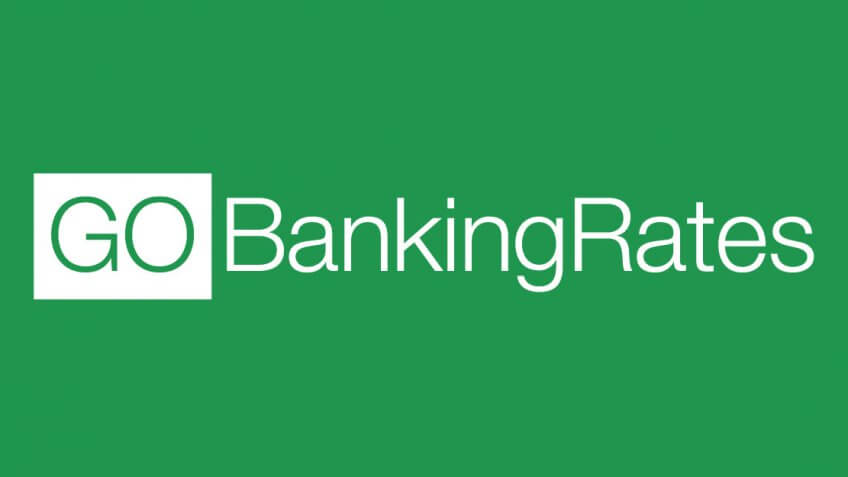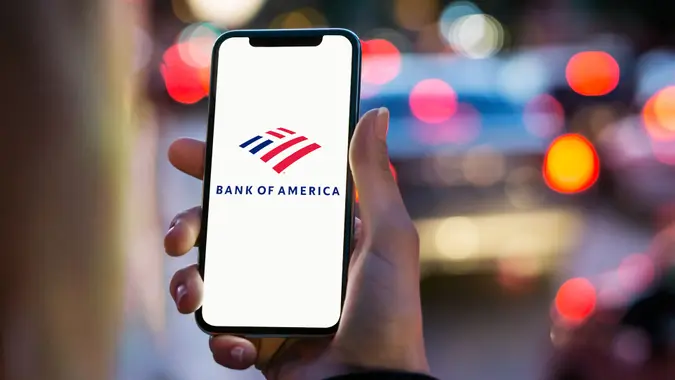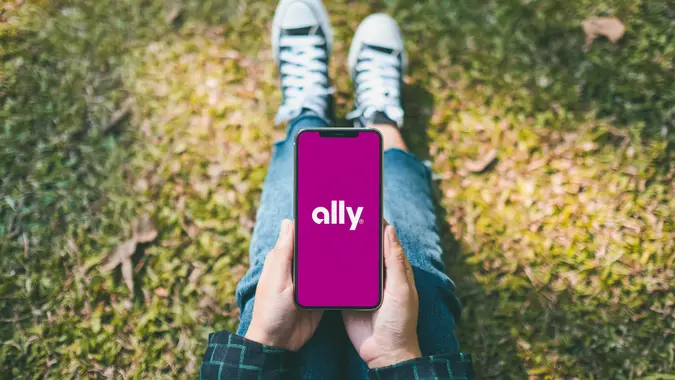How Much Does the Average Gen Zer Have in Savings?

Commitment to Our Readers
GOBankingRates' editorial team is committed to bringing you unbiased reviews and information. We use data-driven methodologies to evaluate financial products and services - our reviews and ratings are not influenced by advertisers. You can read more about our editorial guidelines and our products and services review methodology.

20 Years
Helping You Live Richer

Reviewed
by Experts

Trusted by
Millions of Readers
The oldest members of Gen Z turn 27 in 2024, so this generation is still relatively new to the workforce. While this generation hasn’t had as much time as others to save money, they’ve also had less time to spend it, which could explain why this generation is the least likely to have $100 or less in their savings accounts, a recent GOBankingRates survey found.
The survey found that 23% of Americans ages 18 to 24 have $100 or less in their savings accounts, compared to 39% of those ages 25 to 34, 43% of those ages 35 to 44, 36% of those ages 45 to 54, 41% of those ages 55 to 64, and 33% of those ages 65 and older.
On the other hand, Gen Z is the least likely to have over $10,000 in their savings account, with just 7% of this generation reaching this threshold. Here’s a closer look at how much Gen Z has in savings.
Generation Z’s Savings Account Balances
Although Gen Z is the least likely of any generation to have $100 or less in a savings account, Gen Zers are still likely to have relatively low savings overall — 56% of Gen Z has $1,000 or less in savings.
Here’s a closer look at the proportion of Gen Z with the following savings account balances:
- $100 or less: 23%
- $101 to $500: 20%
- $501 to $1,000: 13%
- $1,001 to $2,000: 14%
- $2,001 to $5,000: 12%
- $5,001 to $10,000: 11%
- $10,000 or more: 7%
What Gen Z Can Do To Build Savings
There are a number of reasons why Gen Zers may have low savings account balances, including the high cost of living, the pressures of a consumer-driven culture and a lack of financial literacy. Yet despite these challenges, disciplined young adults can certainly build up a healthy savings account.
The first step is to set a savings goal. Determine how much you want to save in the next year, and break this down into monthly or even weekly goals.
Next, automate the process.
“Automatic savings plans can take many forms,” said Robert R. Johnson, Ph.D., chartered financial analyst and professor at Creighton University’s Heider College of Business. “For instance, one can have a specific dollar amount or salary percentage taken out of each paycheck and put in savings.
“The biggest advantage of automatic plans is the behavioral underpinnings of the plans,” he continued. “If we are enrolled in an automatic savings plan, inertia and the inherent laziness of people tend to work in our favor. That is, once enrolled in an automatic savings plan, people tend to stay enrolled.”
It can also be helpful to utilize budgeting apps to see where you may be overspending, so you can find more money to funnel into savings.
Finally, don’t be afraid to seek professional help. Gen Zers might feel like they are “too young” to see a financial advisor, but getting a professional to help plan early can help set you up on a strong financial path.
Methodology: GOBankingRates surveyed 1,063 Americans ages 18 and older from across the country between Nov. 27 and Nov. 29, 2023, asking 22 different questions: (1) What category best describes your current financial institution?; (2) Have you considered changing banks within the past year?; (3) If you have considered changing banks in the past year, were any of the following factors? (Select all that apply); (4) Which feature, perk or other offering is most important to you when opening an account with a new institution?; (5) Are you currently satisfied with all your banking products and services offered by your bank/credit union?; (6) Would you ever have different types of accounts across multiple banks?; (7) What is your most preferred method of banking?; (8) Which of the following is the biggest factor of you staying with your current bank?; (9) Which of the following bank accounts do you currently use/have open? (Select all that apply); (10) How much is the minimum balance you keep in your checking account?; (11) How much do you currently have in your savings account?; (12) What amount of a sign-up bonus would make you consider switching banks?; (13) Have you considered using any app-only banking platforms (aka neobanks) in the past year?; (14) How important is it to you for your bank to be affiliated with a crypto exchange/platform?; (15) In the past year, how often have you written a physical check?; (16) When was the last time you visited your bank in person?; (17) Why would you choose to visit your bank in person? (Select all that apply); (18) Have you had an overdraft on your checking account in the past year?; (19) How much do you trust your current bank to act in your best interest?; (20) How much do you trust your current bank to protect your private information?; (21) Do you trust regional banks more than national banks?; and (22) How much cash do you keep at home? GOBankingRates used PureSpectrum’s survey platform to conduct the poll.
 Written by
Written by  Edited by
Edited by 

























